





Craft commerce to Merchantpro
Migrating your store from Craft commerce to Merchantpro might seem daunting, but with proper planning and the right tools, it's a smooth process. Follow this step-by-step guide to ensure a successful transition.
Schedule a call
Step-by-Step Migration Guide: Craft Commerce to MerchantPro migration guide
Step 1: Prepare Your Craft Commerce Store for Migration
In this step, we will gather all the necessary data and perform preliminary checks to ensure a smooth migration from Craft Commerce to MerchantPro.
Step 2: Choose the Right Migration Tools
Selecting appropriate tools for the migration process is essential to ensure data integrity and a smooth transition to MerchantPro.
Step 3: Execute Data Migration
In this step, we will utilize the selected migration tools to transfer data from Craft Commerce to MerchantPro effectively.
Step 4: Configure MerchantPro Settings
After migrating data, we will configure the necessary settings in MerchantPro to ensure optimal performance and functionality.
Step 5: Test Your New MerchantPro Store
In this step, we will perform comprehensive testing of the MerchantPro store to ensure everything functions correctly before going live.
Step 6: Launch Your MerchantPro Store
In this step, we will officially launch the new MerchantPro store and communicate the transition to our existing customers.
Step 7: Post-Migration Optimization
In this final setup step, we will focus on optimizing the MerchantPro store for improved performance and customer engagement.
Power Your Step - Get in Touch
Contact PowerCommerce for expert support in your migration journey and to maximize your ecommerce potential.
Step 1: Prepare Your Craft Commerce Store for Migration
The initial phase of migrating from Craft Commerce to MerchantPro is crucial for setting the foundation of a successful transition. This step involves preparing your existing Craft Commerce store by gathering all pertinent data, performing a comprehensive check of your current setup, and ensuring that everything is in order before we begin the actual migration process.
First and foremost, we need to identify what data needs to be migrated. This includes products, customer information, order history, and any other essential data that you want to retain in MerchantPro. Organizing this data is vital, as it will help us avoid any loss during the migration process. We recommend creating a checklist to keep track of all items that need to be migrated. This checklist should include:
- Product details (names, descriptions, prices, images)
- Customer data (names, emails, addresses)
- Order history (products purchased, order statuses)
- Any custom settings or configurations
Next, we will conduct a thorough audit of your Craft Commerce store. This involves checking for any existing issues, such as broken links, outdated information, or unused products that should be cleaned up before migration. A clean store will lead to a more efficient migration.
Additionally, we will back up all data before proceeding. This can be achieved by exporting your data from Craft Commerce. Depending on your specific needs, you may use a combination of the following methods to export data:
- Using the built-in export feature in Craft Commerce for product and order data.
- Exporting customer data via CSV files.
- Backing up your database for complete data integrity.
Once we have successfully backed up your data and organized it, we will also want to prepare MerchantPro for incoming data. This includes setting up a new account on MerchantPro and ensuring that all necessary features are enabled to accommodate the data we will import. This preparation will ensure that the transition is seamless and efficient.
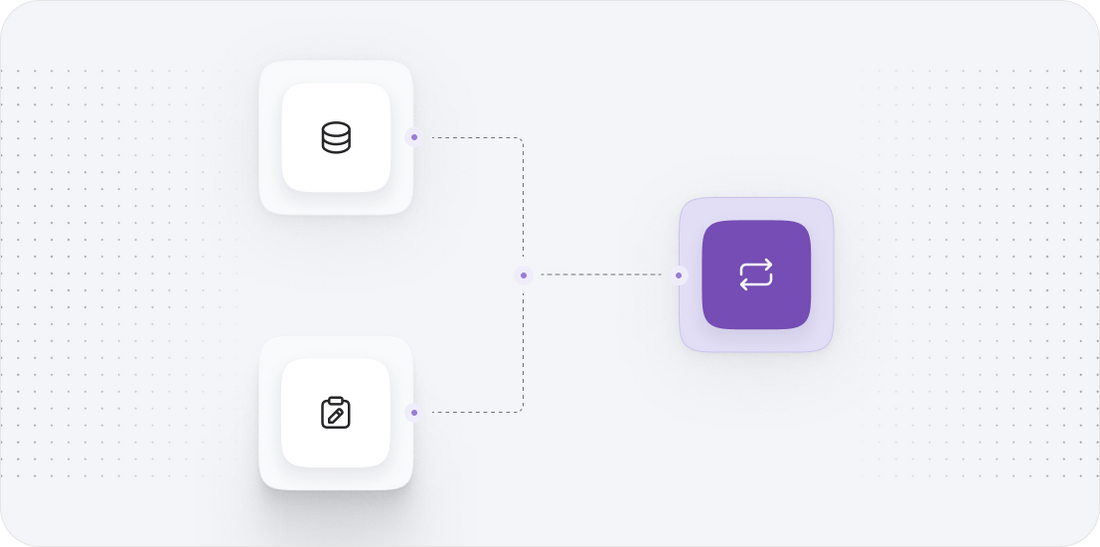
Step 2: Choose the Right Migration Tools
Choosing the right tools for the migration process is a critical step that can greatly affect the outcome of your transition from Craft Commerce to MerchantPro. With numerous options available, we aim to select tools that are best suited for our unique migration needs, ensuring data integrity and minimizing downtime.
We will start by evaluating the available migration tools. Some popular options for migrating from Craft Commerce include:
- Cart2Cart: A versatile migration tool that supports a wide range of ecommerce platforms, including Craft Commerce and MerchantPro. It allows for automated migration of products, customers, orders, and more.
- LitExtension: This tool offers a comprehensive solution for migrating ecommerce data. It provides a user-friendly interface and supports multiple data types, making it easy to transfer information between platforms.
- Custom Scripts: For more complex migrations, we may consider developing a custom migration script that targets specific data types. This option provides the most flexibility, allowing us to tailor the migration process to our specific needs.
Once we have identified potential tools, we will need to evaluate them based on several criteria:
- Compatibility: Ensure the tool supports both Craft Commerce and MerchantPro and can handle the specific data types we wish to migrate.
- Ease of Use: Look for tools with intuitive interfaces that simplify the migration process and reduce the learning curve.
- Support: Consider the level of customer support provided by the tool vendors, as this can be crucial if any issues arise during the migration process.
- Cost: Analyze the pricing structure of each tool to ensure it aligns with our budget while providing necessary features.
After thorough research and analysis, we will make our selection and prepare to implement the chosen migration tool in the next step of the process.
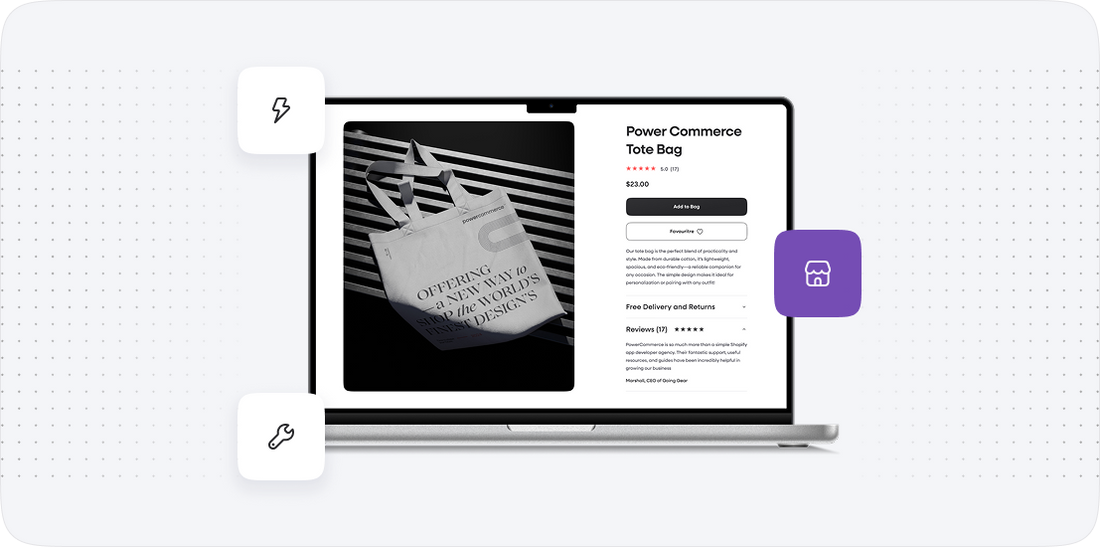
Step 3: Execute Data Migration
With our data organized and migration tools selected, we are now ready to execute the data migration from Craft Commerce to MerchantPro. This is a pivotal step where we will leverage the capabilities of our chosen migration tool to ensure that all necessary data is transferred accurately and seamlessly.
Before initiating the migration, we will conduct a final review of the data checklist created in Step 1 to ensure that we haven’t overlooked anything. Once confirmed, we will proceed with the following steps:
- Setup the Migration Tool: Begin by configuring the selected migration tool. This typically involves connecting the tool to both Craft Commerce and MerchantPro using API keys or other authentication methods. We will follow the specific instructions provided by the tool's documentation for this process.
- Select Data Types for Migration: Next, we will choose which data types we want to migrate. This may include products, customers, orders, and any additional data we identified in our checklist. It’s essential to select all relevant data to ensure a complete transition.
- Run Migration: Execute the migration process. Depending on the volume of data, this may take some time. We will monitor the process closely to catch any errors or issues that may arise. Most migration tools provide logs that will help us track the progress and identify any problems.
- Verify Data Integrity: Once the migration is complete, we will need to verify that all data has been transferred accurately. This involves checking a sample of migrated products, customers, and orders in MerchantPro to ensure that everything appears as expected.
During this verification process, we will look for common issues, such as:
- Missing product images or descriptions
- Inaccurate customer contact information
- Incomplete order histories
If any discrepancies are found, we will address them immediately, either by re-running the migration for affected data or by manually correcting any errors. This step is crucial to ensure that our new MerchantPro store operates smoothly from the start.
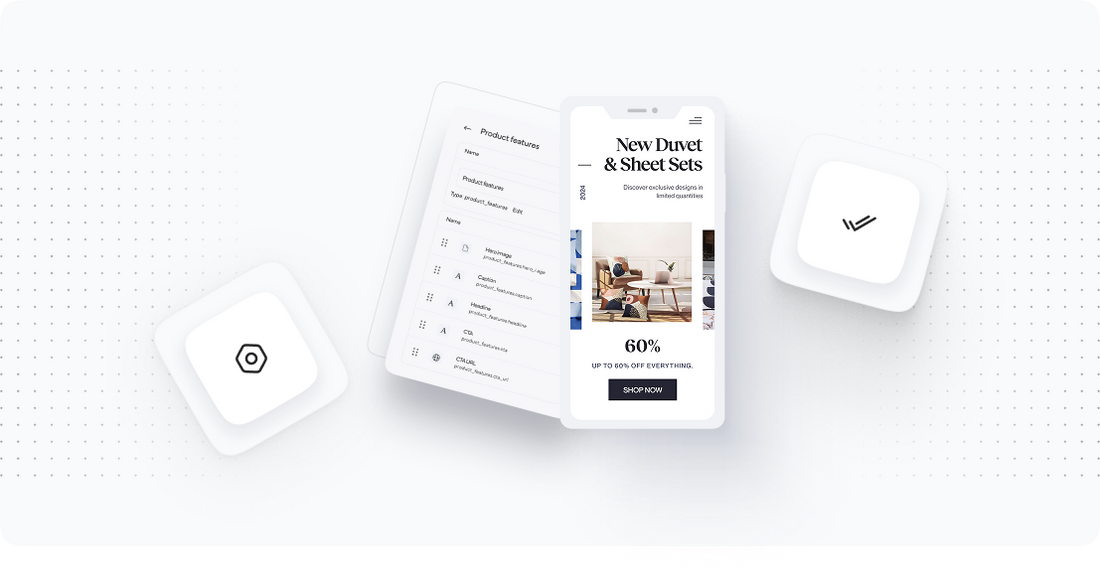
Step 4: Configure MerchantPro Settings
After successfully migrating data from Craft Commerce to MerchantPro, our next step involves configuring the settings in MerchantPro to ensure optimal performance and functionality. This step is vital, as it allows us to customize our store according to our specific business needs and requirements.
The configuration process can be broken down into several key areas:
- General Store Settings: Begin by configuring general settings, including store name, contact information, and policies (shipping, return, privacy). These settings are foundational for how your store will operate and engage with customers.
- Payment Gateway Integration: MerchantPro supports a variety of payment gateways. We will choose the ones that best align with our business model and customer preferences. This may include popular options like PayPal, Stripe, or Authorize.net. We will ensure that each gateway is properly configured and tested to guarantee smooth transaction processing.
- Shipping Configuration: Next, we will set up our shipping methods and rates. MerchantPro allows for various shipping options, including flat rates, real-time shipping calculations, and free shipping. We will select the options that cater to our customers' needs while also aligning with our business strategy.
- Tax Settings: Configure tax rates based on the regions we are selling to. MerchantPro provides tools to set up tax calculations, ensuring compliance with local regulations. This step is crucial for accurate pricing and customer satisfaction.
- Design Customization: MerchantPro allows for extensive design customization. We will choose a theme that reflects our brand identity and customize the layout, colors, and fonts to create an engaging shopping experience for our customers.
Once all settings are configured, we will conduct a thorough review to ensure each element is functioning as intended. This includes checking payment processing, shipping calculations, and tax applications. By taking the time to configure these settings accurately, we set ourselves up for success as we move forward.
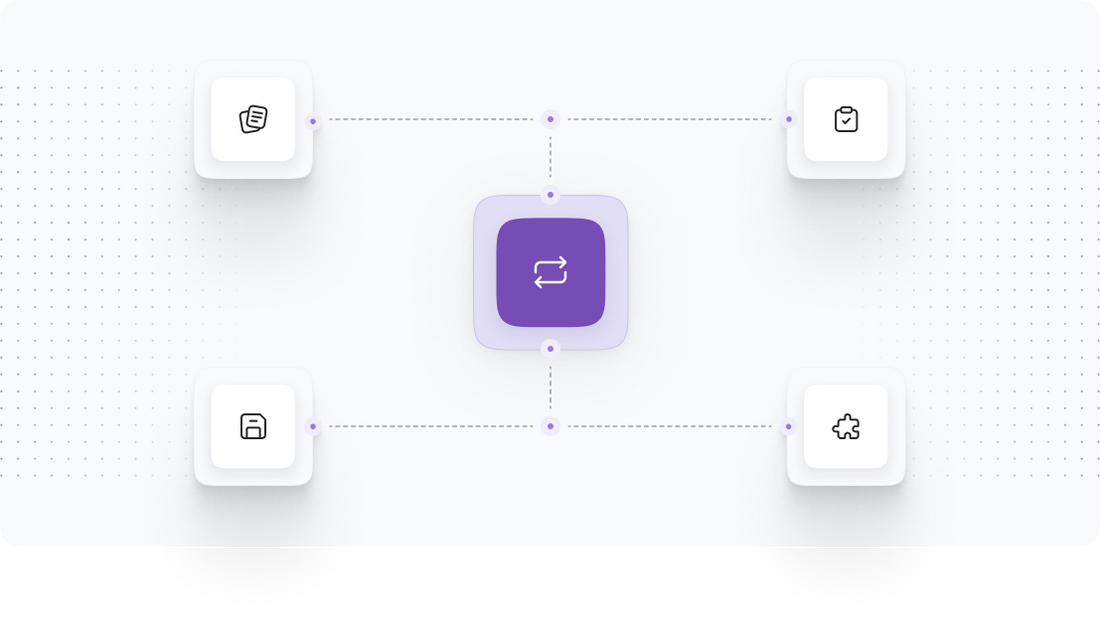
Step 5: Test Your New MerchantPro Store
Before officially launching our new MerchantPro store, it's essential to conduct a thorough testing phase. This step is critical to identify and resolve any potential issues that could affect the user experience and overall functionality of the store.
Testing should encompass various aspects of the store, including:
- Functionality Testing: Check all key functionalities of the store, including product browsing, search features, and the checkout process. We will run through various scenarios as a customer would to ensure everything works seamlessly.
- Payment Processing: Test all integrated payment gateways to confirm that transactions are processed correctly. This includes testing different payment methods, ensuring receipts are sent to customers, and verifying that funds are received.
- Shipping and Tax Calculations: Run tests to ensure that shipping rates are calculated accurately based on customer addresses and that taxes are applied correctly. This ensures compliance and transparency for your customers.
- Mobile Responsiveness: With a significant number of customers shopping on mobile devices, we will test the store's mobile responsiveness. This includes checking layout adjustments, navigation, and checkout processes on various devices.
- Load Testing: If possible, simulate high traffic to ensure the store performs well under load. MerchantPro should be capable of handling peak traffic without compromising performance.
After conducting these tests, we will document any issues or bugs that we encounter and address them promptly. This may involve adjusting configurations, debugging code, or reaching out to MerchantPro support for assistance. Our goal is to ensure the store operates flawlessly before launching it to customers.
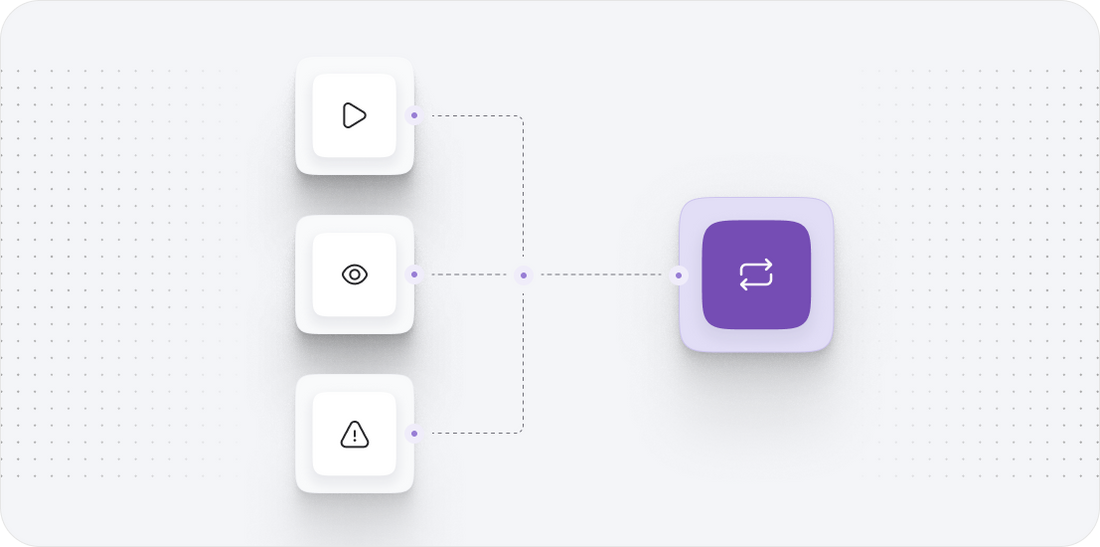
Step 6: Launch Your MerchantPro Store
With all testing completed and issues resolved, we are now ready to officially launch our new MerchantPro store. This step marks the culmination of our migration process and the beginning of a new chapter for our online business.
Before launching, we will take the following actions:
- Final Review: Conduct a final review of the store to ensure that all settings are correctly configured, data is accurate, and the store is visually appealing. This is the last chance to catch any remaining issues before going public.
- Communicate with Existing Customers: Notify our existing customers about the transition to the new platform. This can be done through email newsletters, social media posts, or announcements on the old Craft Commerce site. We want to reassure them that their accounts, order histories, and preferences have been successfully migrated.
- Set a Launch Date: Choose a specific date and time for the launch. Consider scheduling the launch during off-peak hours to minimize potential disruptions for customers. This also allows us to monitor the launch closely for any unexpected issues.
- Monitor Launch Performance: Once the store goes live, closely monitor performance metrics and customer feedback. Pay attention to website traffic, sales data, and customer inquiries during the initial launch period to identify any immediate concerns.
After successfully launching, we will continue to promote the new store through marketing campaigns, social media, and other channels to drive traffic and sales. The launch is just the beginning, and we will remain proactive in optimizing our MerchantPro store for ongoing success.
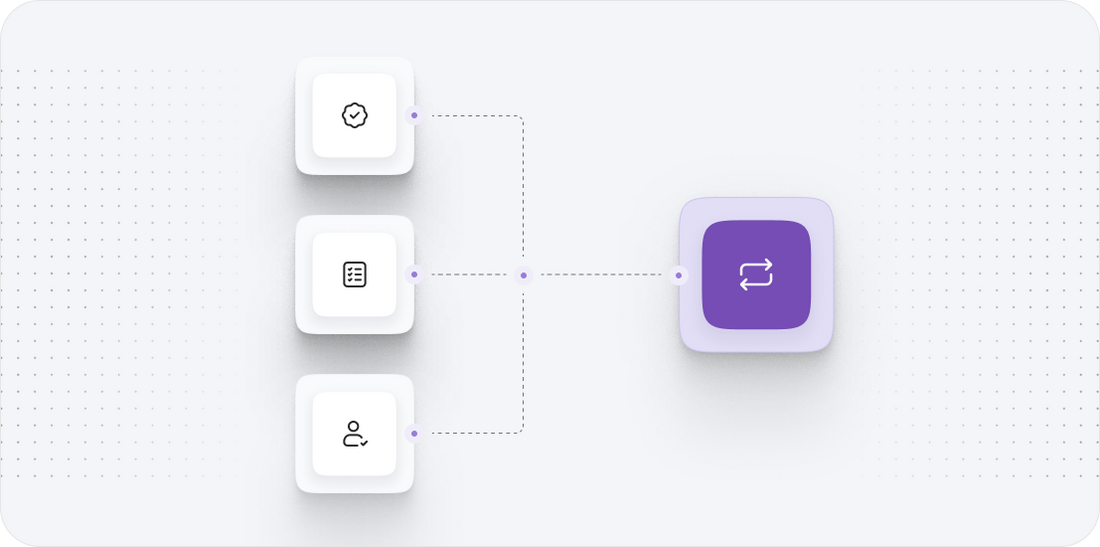
Step 7: Post-Migration Optimization
After launching our MerchantPro store, the next step is to focus on post-migration optimization. This is essential for ensuring that we not only retain our existing customers but also attract new ones by providing an exceptional shopping experience.
Post-migration optimization involves several key areas:
- SEO Optimization: Review and enhance your store's SEO settings. This includes optimizing product titles, descriptions, images, and URLs. Utilizing proper keywords will help improve search visibility and drive organic traffic to your store.
- Analytics Setup: Configure analytics tools to track website performance, customer behavior, and sales data. Integrating Google Analytics or MerchantPro’s built-in analytics will provide valuable insights that can inform future marketing strategies.
- Customer Engagement: Implement strategies to engage customers, such as email marketing campaigns, loyalty programs, and personalized recommendations. Building relationships with customers can lead to increased retention and repeat sales.
- Regular Performance Monitoring: Continuously monitor site performance, loading times, and user feedback post-launch. Address any issues promptly and make adjustments as necessary to ensure a smooth user experience.
- Gather Feedback: Encourage customers to provide feedback on their shopping experience. This will help us identify areas for improvement and demonstrate our commitment to customer satisfaction.
By focusing on these optimization efforts, we can enhance our MerchantPro store's performance, improve customer satisfaction, and ultimately drive growth for our ecommerce business.
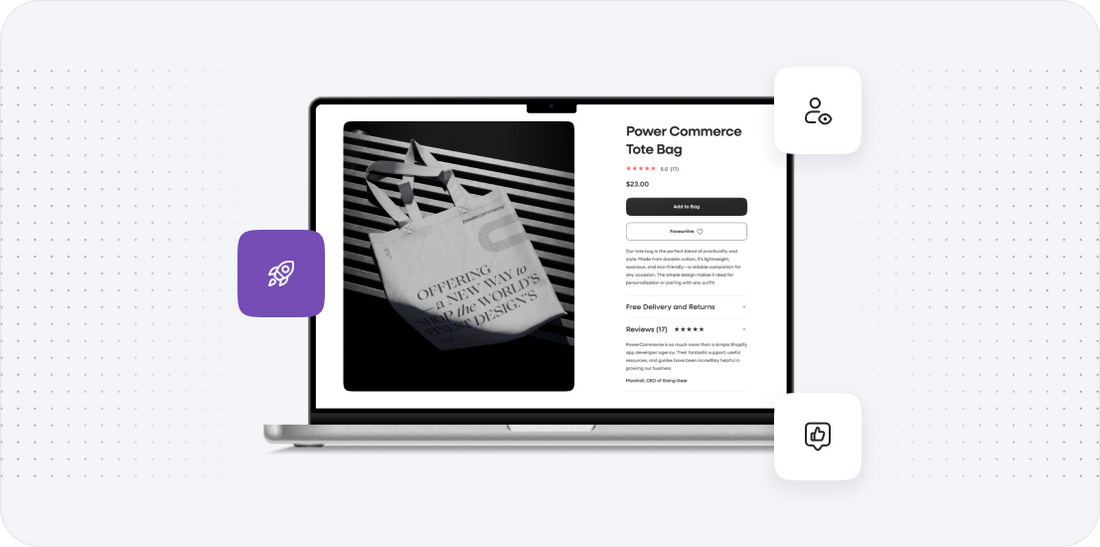
Power Your Step - Get in Touch
At PowerCommerce, we understand that migrating your ecommerce store is a significant step, and we are here to help you every step of the way. With our expertise in seamless migrations, we ensure that your transition from Craft Commerce to MerchantPro is efficient, secure, and tailored to your business needs.
If you’re ready to take your ecommerce platform to the next level, we encourage you to get in touch with our team of experts. Here’s how you can reach us:
- Visit our contact page to fill out our inquiry form.
- Call us directly at 800-099-9090 to speak with one of our migration specialists.
- Email us at info@powercommerce.com for any questions or to schedule a consultation.
We pride ourselves on our commitment to innovation, customer-centricity, and integrity in every project. Don’t hesitate to reach out and discover how we can power your ecommerce journey!
Stay aligned on what's happening in the commerce world
Trusted by 1000+ innovative companies worldwide
Schedule Your Migration Today
For businesses prioritizing simplicity, scalability, and robust support, Shopify is the clear winner.
Looking to migrate without hassle? Power Commerce can handle the entire process, ensuring smooth data transfer, store setup, and post-launch success.
Marka Marulića 2, Sarajevo, 71000 BiH
00387 60 345 5801
info@powercommerce.com


